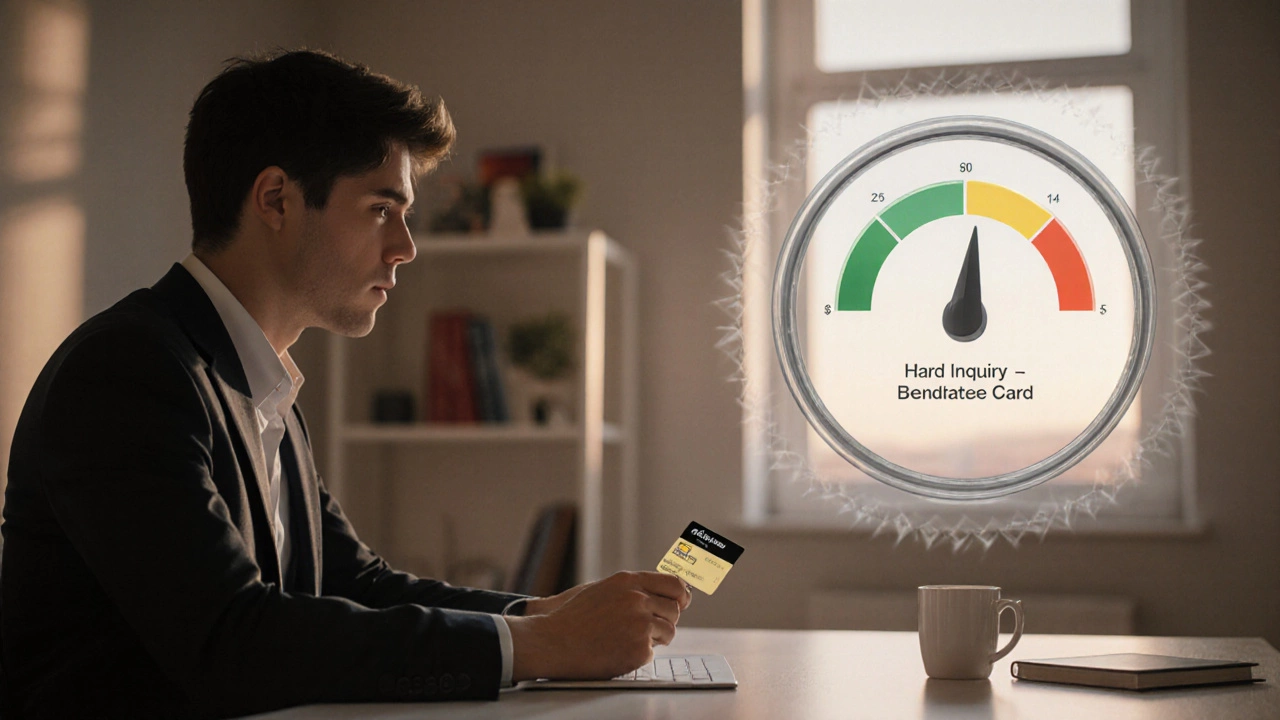Credit Utilization: What It Is and Why It Matters
When you hear "credit utilization" you might picture a fancy finance term, but it’s really just the amount of credit you’re using compared to the total credit you have. Imagine you have a credit card with a £5,000 limit and you spend £1,000. Your utilization is 20% (1,000 ÷ 5,000). Lenders look at this ratio to gauge how responsibly you manage debt.
Why does it matter? Your utilization makes up about 30% of most credit‑scoring models. A low ratio tells lenders you aren’t relying heavily on borrowed money, which usually bumps your score up. A high ratio can signal risk, pulling your score down even if you pay on time.
How to Calculate Your Utilization
Start by adding up the balances on all revolving accounts – credit cards, lines of credit, and any revolving loans. Then add up the total credit limits for those accounts. Divide the balance total by the limit total and multiply by 100 to get a percentage.
Example: Two cards – Card A: £2,000 limit, £500 balance; Card B: £3,000 limit, £900 balance. Total limit = £5,000, total balance = £1,400. Utilization = (1,400 ÷ 5,000) × 100 = 28%.
Most experts recommend keeping utilization under 30%, and under 10% is even better for a strong score.
Practical Ways to Lower Your Utilization
Pay down balances early. Instead of waiting for the monthly statement, make a payment mid‑month. This reduces the balance that gets reported to credit bureaus.
Increase your credit limit. Ask your card issuer for a higher limit. If your spending stays the same, the ratio drops automatically. Just avoid the temptation to spend more.
Spread purchases across cards. If you have multiple cards, distribute the spend so no single card gets too close to its limit.
Use a personal loan to consolidate. A fixed‑rate loan can replace high‑interest revolving balances. Once the loan is paid, the revolving balances drop to zero, improving utilization.
Monitor your credit regularly. Free tools let you see real‑time utilization. Spotting a sudden spike early lets you act before it hurts your score.
Remember, utilization is a snapshot. It’s the balance at the time the lender reports, not your average over the month. So timing payments can make a big difference.
At Harmony Financial Services we help clients keep their utilization in check while building overall financial harmony. Whether you need a budgeting plan, debt‑consolidation advice, or just a quick tip on credit cards, we’re here to make the numbers work for you.
Start today: pull up your credit card statements, calculate the current ratio, and pick one of the steps above to bring it down. Small, consistent actions add up to a healthier credit score and lower borrowing costs in the long run.
Understanding the Golden Rule of Credit and How It Impacts Your Card Choices

Learn the golden rule of credit-pay in full, on time, and keep utilization low-to boost your score, avoid interest, and choose the right cards.
Read More >>Balance Transfers and Credit Score Impact: What You Need to Know

Learn how balance transfers affect credit scores, the role of hard inquiries, utilization changes, and strategies to protect your rating while saving on interest.
Read More >>Is a $1,000 Credit Card Worth It? Pros, Cons & How to Choose

Find out if a $1,000 credit card is worth it. Learn about limits, fees, rewards, credit impact, and tips to decide if it matches your financial needs.
Read More >>20% Credit Card Rule: What It Is, Why It Matters, and How to Use It (With Examples)

The 20% credit card rule keeps your balance low to protect your credit score and reduce interest. Learn what it means, how to apply it, and real-life examples.
Read More >>